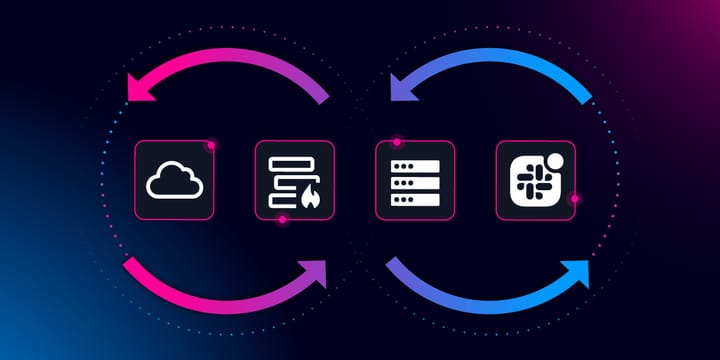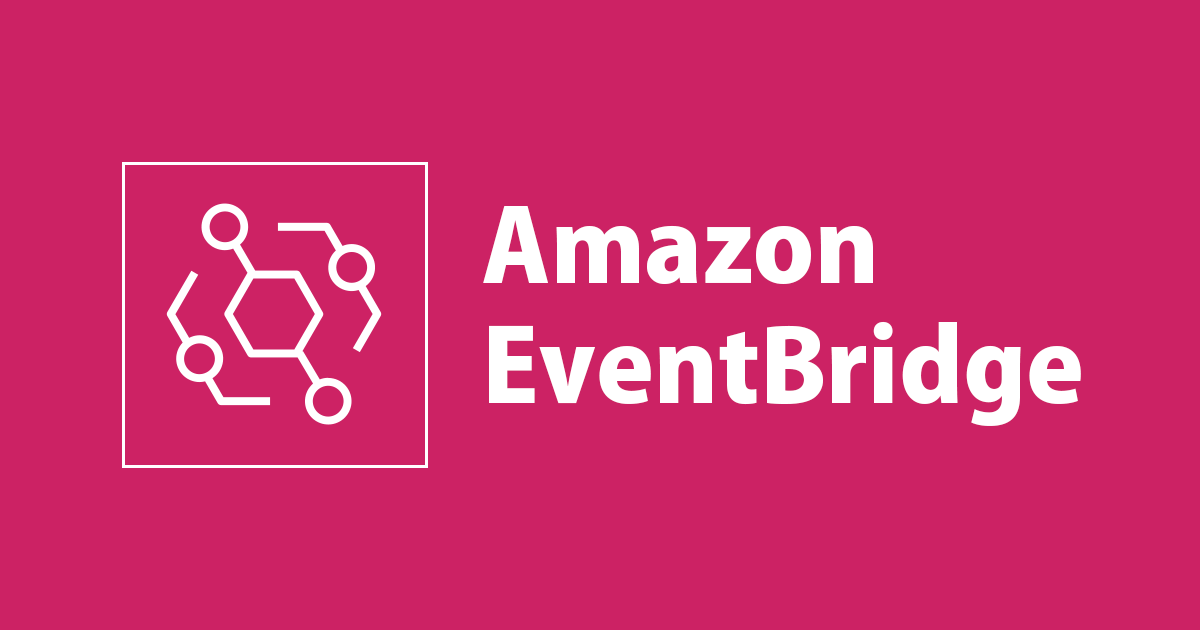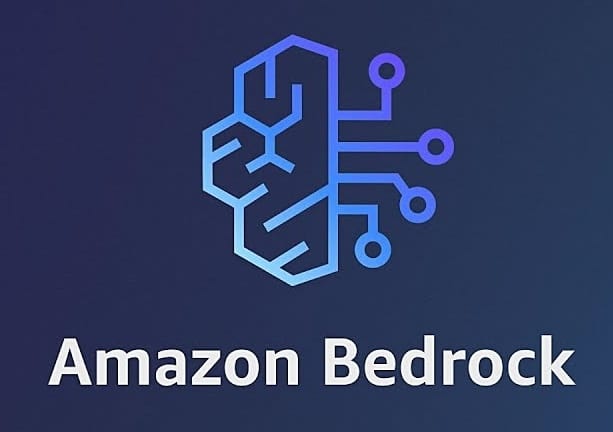Why QA and DevOps Are Converging

The invisible wall between “testing” and “delivery” is finally coming down.
For most of software’s history, Quality Assurance (QA) and DevOps have lived in separate worlds. QA focused on finding defects before release; DevOps focused on deploying code quickly and reliably after it.
Different teams. Different tooling. Different incentives.
But as engineering organizations mature; and as speed becomes the ultimate competitive edge; those worlds are collapsing into one.
What’s emerging is not a QA team inside DevOps or a DevOps engineer moonlighting as QA. It’s something more fundamental: Quality Engineering as an integrated layer of the delivery pipeline; where reliability, feedback, and automation are baked into every commit, every deployment, and every rollback.
Let’s unpack why this convergence is happening, what it looks like in practice, and how forward-thinking teams are building a unified QualityOps culture.
1. The Shared Goal: Confidence in Change
DevOps at its core is about accelerating change safely.
QA at its core is about validating change safely.
For decades, those goals were treated as separate disciplines; velocity vs. validation. But they’re actually two halves of the same coin: confidence.
Confidence to merge code.
Confidence to deploy.
Confidence to sleep through the night after a release.
When you stop viewing QA as a gate and start viewing it as a feedback mechanism, it naturally becomes part of the DevOps loop. Testing isn’t something you “hand off” to another team; it’s an integrated signal that drives delivery decisions in real time.
The best DevOps pipelines today treat quality checks like infrastructure: automated, observable, and continuously improving.
2. Testing Is Infrastructure Now
In classic QA, testing was a process; write test cases, execute them, log bugs, repeat.
In modern QA, testing is infrastructure.
Think about it:
- Your CI pipeline provisions containers and networks to run ephemeral test environments.
- Your monitoring stack captures logs and metrics from test runs.
- Your release gates enforce pass/fail criteria based on those results.
- Your dashboards visualize risk trends over time.
That’s infrastructure. And it’s owned, operated, and evolved just like your production systems.
The convergence of QA and DevOps is driven by this realization: test systems are production systems in miniature. They deserve the same discipline; version control, observability, scalability, and automation.
That’s why more QA leaders are hiring engineers with DevOps skills, and more DevOps teams are embedding test harnesses, mocks, and chaos experiments right into their CI/CD pipelines.
Testing is no longer a separate phase. It’s a first-class citizen in the delivery stack.
3. Observability Is the New “Pass/Fail”
Traditional QA focused on binary outcomes; test passed or failed.
Modern DevOps culture lives in gradients; latency, error budgets, SLOs, burn rates.
When these two mindsets converge, you get something powerful: observable quality.
A flaky test is now a signal, not a nuisance.
A slow pipeline is now a performance regression, not just an annoyance.
A release metric (like escaped defects or rollback rate) becomes an SLO for quality, not just a retrospective talking point.
Teams that merge QA and DevOps start measuring quality as a living system:
- Are tests trustworthy?
- Is the feedback loop fast enough?
- Can we detect user-visible issues before customers do?
The QA/DevOps convergence reframes testing from artifact to telemetry. The goal isn’t to run every test; it’s to surface meaningful signals at the speed of change.
4. Automation Maturity Is the Bridge
If DevOps is the engine of speed, automation is the bridge between velocity and validation.
In mature teams, every pull request triggers:
- Environment provisioning (via Terraform or CloudFormation)
- Data seeding (via API scripts or fixtures)
- Automated test selection (via risk-based tagging)
- Parallelized execution (via sharding or container orchestration)
- Instant feedback (via Slack or Allure dashboards)
That’s not “QA automation.” That’s DevOps-driven Quality Engineering.
When automation lives inside the same CI/CD ecosystem as deployments, you can run tests on every build, in every environment, at scale; and adapt dynamically.
This integration flips the historical script:
- QA no longer waits for “stable builds.”
- DevOps no longer deploys untested code.
- The pipeline itself enforces readiness.
The result?
Quality isn’t a separate activity. It’s a continuous property of the system.
5. Infrastructure as Code Meets Quality as Code
The “as Code” revolution has hit QA; and that’s a good thing.
Infrastructure as Code (IaC) gave ops teams reproducibility.
Quality as Code (QaC) gives QA teams the same power.
By expressing test environments, datasets, and even risk rules as version-controlled code, QA becomes declarative instead of procedural.
Example:
quality_gates:
- id: login_p0
impact: critical
frequency: high
action: block_release
- id: billing_p2
impact: medium
frequency: low
action: warnThis approach makes quality policies portable across environments and auditable across releases.
When QA adopts DevOps’ code-centric discipline, it gains scalability. When DevOps adopts QA’s rigor for validation, it gains safety. The merger creates Quality as Code pipelines; self-documenting, self-governing, and self-healing.
6. Culture: The Final Merge
Tools and automation are the easy part. The real challenge is cultural.
Many teams still operate with a handoff mentality:
- “QA signs off.”
- “Ops deploys.”
- “Dev owns the fix.”
That siloed mindset is poison to modern delivery.
In converged organizations, everyone owns quality:
- Developers write testable code and self-serve test data.
- QA engineers build infrastructure and governance frameworks.
- DevOps engineers automate gates and resilience checks.
- Product and leadership treat test feedback as business intelligence.
Quality becomes a shared currency; a signal everyone trades on.
The cultural shift can be summarized in one line:
Stop asking, “Who broke it?” and start asking, “What did the system tell us?”
7. The Rise of QualityOps
If DevOps unified development and operations, QualityOps is unifying validation and delivery.
QualityOps is not a new job title; it’s a new operating model:
- Test infrastructure is treated as production infrastructure.
- Release gates are enforced as code.
- Test results feed real-time observability dashboards.
- AI assists in risk-based test selection and root-cause clustering.
- Defect rates, test reliability, and SLOs feed back into CI metrics.
In a QualityOps model, QA and DevOps are two sides of the same system:
Build → Validate → Deploy → Observe → Learn → Improve.
The loop never stops. The wall never returns.
8. What This Means for QA and DevOps Professionals
If you’re a QA engineer, learn DevOps.
If you’re a DevOps engineer, learn QA.
Because the future belongs to those who can navigate both domains fluently.
QA professionals who understand infrastructure can build elastic test environments, integrate with observability tools, and design pipelines that self-heal.
DevOps professionals who understand quality can implement smarter gates, monitor user-level risk, and detect silent regressions before they escape.
Both skill sets now orbit the same planet: continuous confidence.
9. The Takeaway: Quality at Delivery Speed
The convergence of QA and DevOps isn’t just a trend; it’s an inevitability.
As software delivery accelerates, the cost of separation becomes too high.
- Manual handoffs slow releases.
- Disconnected tooling creates blind spots.
- Static test suites can’t keep up with dynamic infrastructure.
By merging the principles of QA and DevOps, teams gain something more powerful than speed or stability alone; they gain trust.
Trust that every release reflects the system’s real health.
Trust that automation will catch what humans miss.
Trust that quality is not a phase, but a property of how you build.
Quality + Delivery
QA and DevOps are converging because quality and delivery were never separate to begin with; we just built walls where there should’ve been bridges.
The next decade of software will be defined by how well we integrate them.
Not QA versus DevOps. Not gates versus speed.
Just one mission:
Deliver change with confidence.
👉 Want more posts like this? Subscribe and get the next one straight to your inbox. Subscribe to the Blog or Follow me on LinkedIn



Comments ()